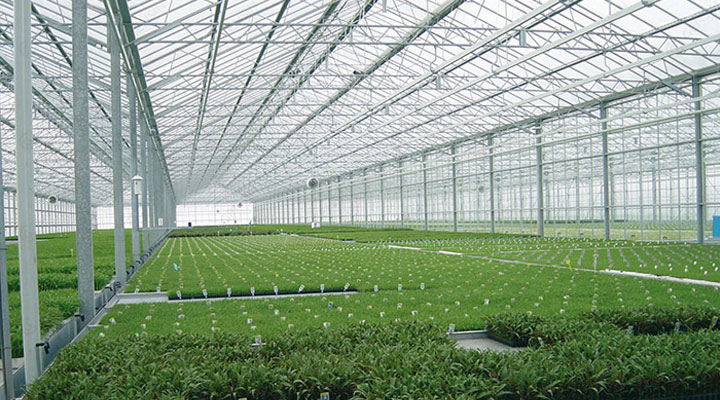Amid the changing landscape of the Russian agricultural sector, greenhouse vegetable production has become a beacon of growth and sustainability. According to the latest data from the Ministry of Agriculture, the production of greenhouse vegetables and herbs in protected soil has increased by 2.3% since the beginning of the year, exceeding last year’s harvest for the same period. This upward trend highlights the sector’s ability to expand and innovate, driven by a combination of strategic measures and market dynamics.
The leaders of this green revolution are regions such as Lipetsk, Moscow, Volgograd, Kaluga, Tambov, Tyumen, Belgorod regions, Stavropol and Krasnodar territories, as well as Mordovia. These regions have demonstrated remarkable skill in harnessing the potential of greenhouse technology to improve agricultural productivity and meet the growing demand for fresh, locally produced food.
Central to the sustainable growth of the greenhouse vegetable sector is the comprehensive support program provided by the government. Department of Agriculture officials highlight a range of measures aimed at supporting the industry, including financial incentives, infrastructure development, and research and development initiatives. Moreover, additional support measures were implemented in several regions as part of the federal project to develop the vegetable and potato industries, indicating a concerted effort to strengthen the country’s agricultural foundation.
Tamara Reshetnikova, CEO of Growth Technologies, attributes the steady increase in greenhouse vegetable yields to a combination of expansion projects and operational optimization of existing facilities. While acknowledging the inevitability of rising production costs, Reshetnikova emphasizes the industry’s resilience in addressing these challenges through strategic investments and efficiency gains.
Echoing these sentiments, industry experts point to the need to address key cost drivers such as greenhouse energy consumption. With energy costs accounting for up to 50% of production costs when growing vegetables indoors, stakeholders are highlighting the need for targeted measures to mitigate these costs and improve overall competitiveness.
Looking to the future, policymakers are preparing to explore new opportunities to stimulate investment and innovation in the greenhouse sector. Alexander Dvoinykh, Chairman of the Federation Council Committee on Agricultural and Food Policy and Environmental Management, advocates for the expansion of greenhouse complexes, especially in the northern regions, to realize untapped potential and strengthen food security.
In addition to financial incentives, Dvoinykh emphasizes the role of energy subsidies in improving the operational efficiency and economic efficiency of greenhouse farms. By harnessing domestic gas resources and promoting the adoption of energy-efficient technologies, policymakers are seeking to create an enabling environment for sustainable growth and competitiveness in the greenhouse vegetable sector.
As Russia charts a course toward sustainable agriculture and self-sufficiency, the greenhouse vegetable industry is poised to play a key role in shaping the country’s food landscape. With continued government support, technological advancements and strategic investments, the sector is poised to not only meet domestic demand, but also become a key player in the global market for fresh, high-quality produce.










